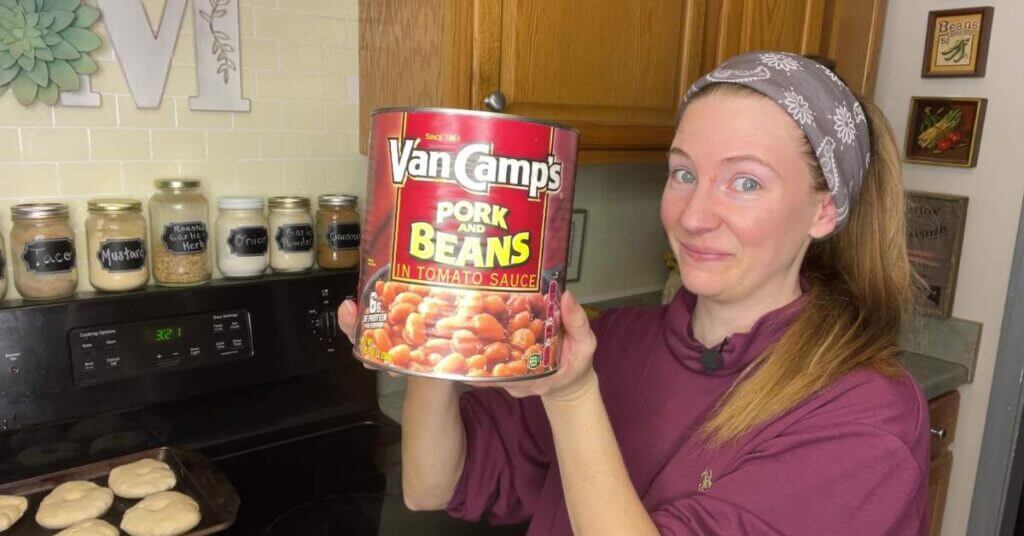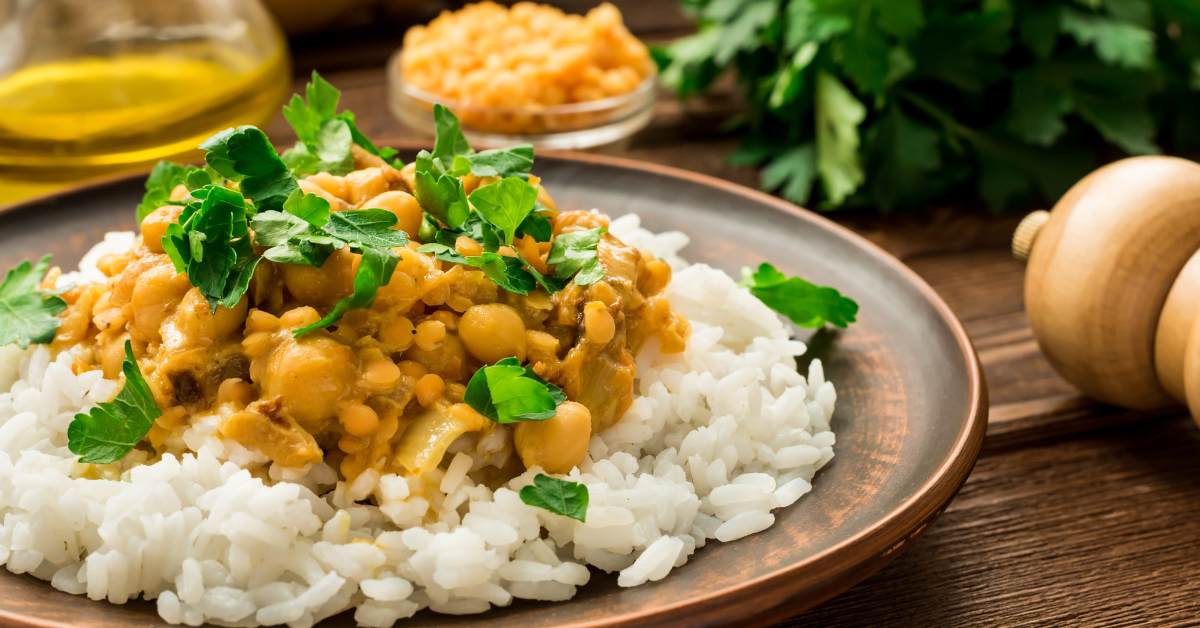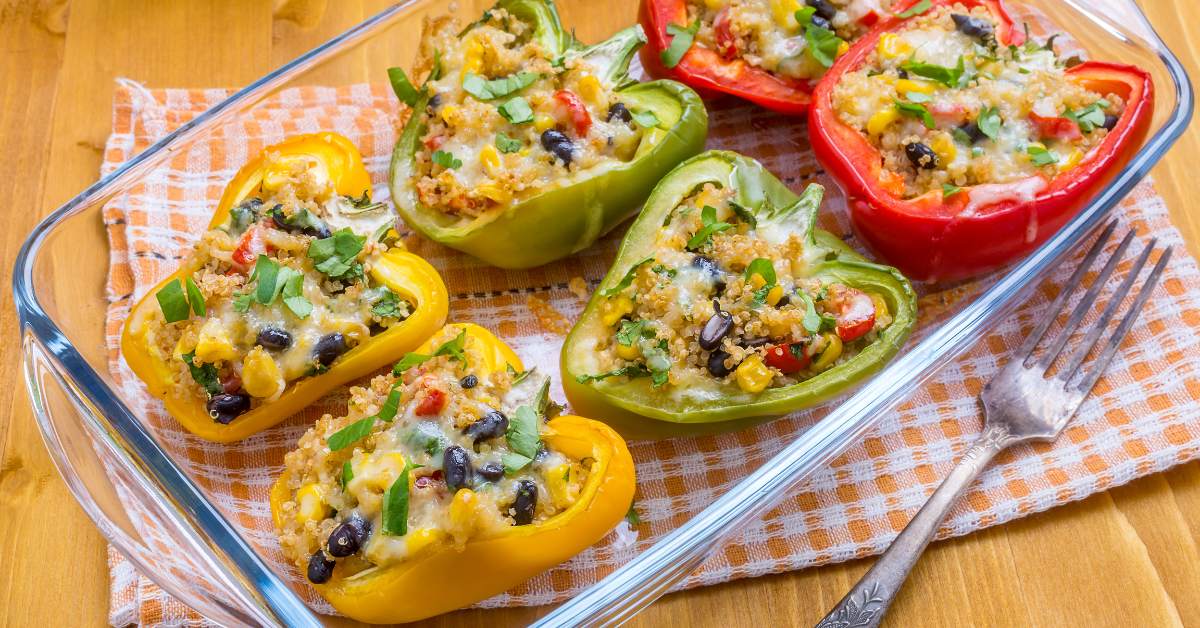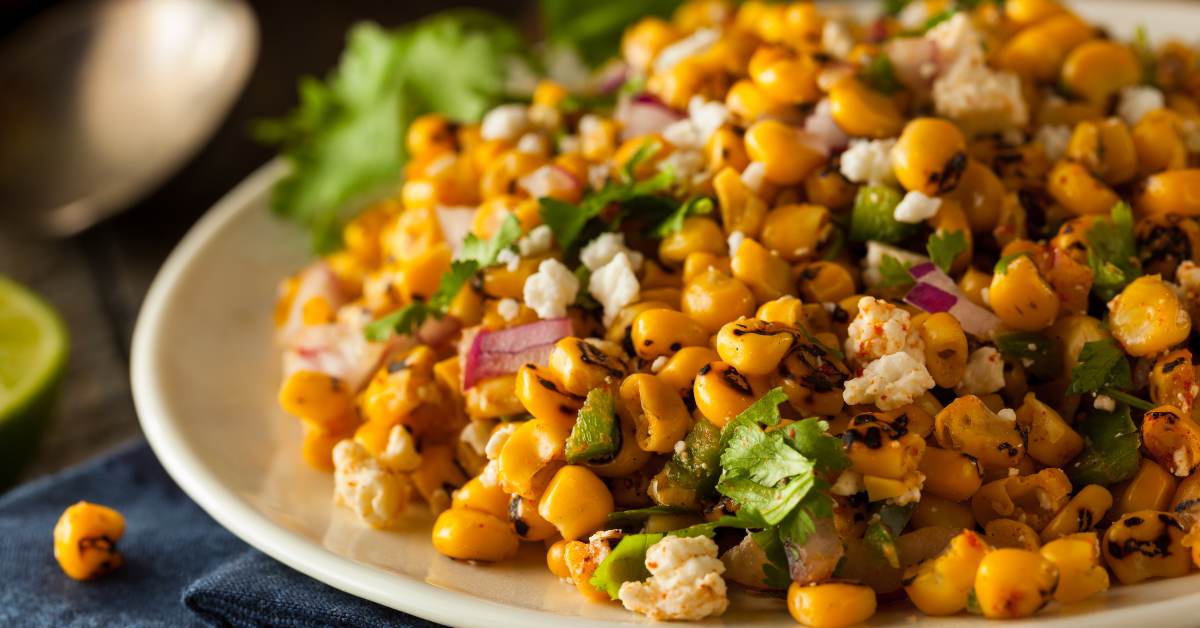Today’s post was inspired by some questions I’ve seen about re-canning store-bought foods.
Plenty of people are interested in canning and food preservation but don’t garden, or it’s too expensive to buy fresh produce in bulk.
So, how can you save money on canning food? Well, today’s tip is all about re-canning number 10 cans!
What Are #10 Cans?
Number 10 cans (or #10 cans) are bulk-sized containers usually used for foods such as beans, fruits or veggies, juices, sauces, and condiments.
These cans often offer a lower price per ounce compared to buying smaller size cans or the individual ingredients themselves.
(But be sure to price check because that isn’t always the case.)
Why Re-can #10 Cans?
One area where recanning number 10 cans comes in handy is with tomato sauce. It takes a significant amount of tomatoes to make sauce from scratch.
And buying tomatoes in bulk can be expensive when you need ultra-large quantities for canning purposes.
However, with a number 10 can of tomato sauce already available at an affordable price (around $5), it becomes much more economical.
Guidelines for Re-Canning Number 10 Cans
Now let’s dive into four general guidelines for successfully recanning number 10 cans:
- Choose the Right Foods: Not all foods found in #10 cans are suitable for recanning. Avoid vegetables like green beans, corn, and carrots as they tend to become super mushy after reprocessing them. Additionally, avoid foods that aren’t safe to be canned at home independently—such as pumpkin puree—due to density issues.
- Ideal Candidates for Recanning: The best candidates for recanning are sauces and condiments (like barbecue sauce) as well as various fruits. Pineapple chunks, mandarin oranges, cherries, and many other fruits do fantastic when recanned.
- Quantity Conversion: A general rule of thumb is that one #10 can yields approximately three quarts of food. This translates to six pints or twelve half-pints. By recanning the contents into smaller jars, you reduce waste while ensuring you have manageable portions for your needs.
- Follow Standard Processing Times: When recanning a number 10 can, it’s important to follow standard processing times just as if you were starting from scratch. The reason being that we’re not only cooking the food but also removing oxygen from the no longer vacuum-sealed environment inside the can. So, just because it’s been cooked & canned once doesn’t mean we can reduce our canning times.
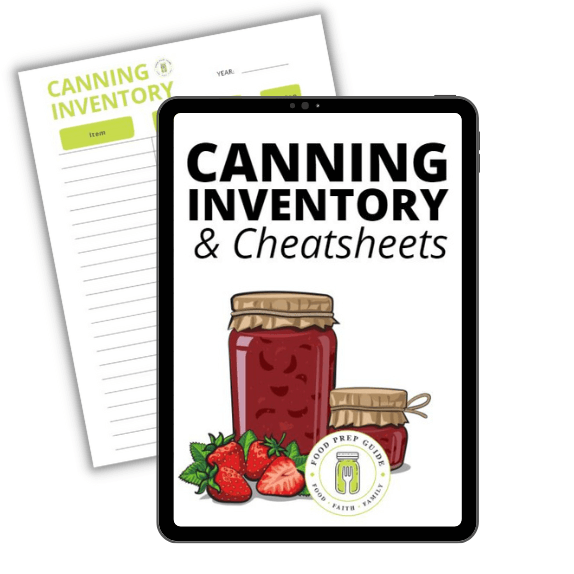
Want to See the Process Step by Step?
If you’re interested in a step-by-step guide on how to recan a number 10 can using tomato sauce specifically, we actually have an entire playlist on YouTube dedicated to recipes you can make with store-bought tomato sauce.
Recanning number 10 cans is an excellent way to save money on canning food, especially if you don’t have access to “free” fresh produce via gardening.
It allows you to stretch your grocery budget by purchasing larger quantities at lower prices per ounce than their individual counterparts. Plus, it helps reduce waste by portioning out foods according to your family size or personal needs.
Remember, even if you don’t have a garden or prefer not to grow your own produce, there are still plenty of ways for you to enjoy the benefits of home-canned goods!


